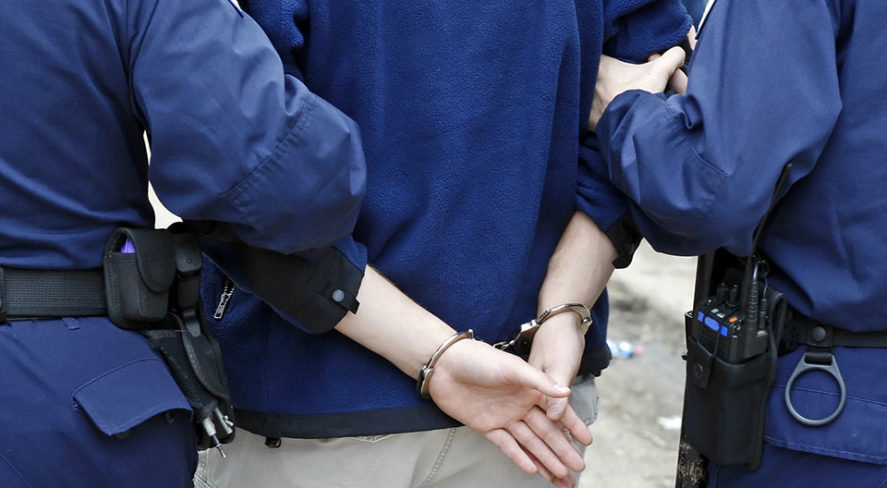Examples of Successful Use of Facial Recognition in Virginia

As demonstrated throughout its 30+-year history of development, facial recognition technology offers tremendous benefits to society when used effectively and responsibly. The benefits of facial recognition are proven and growing, through a wide range of vastly different applications. For example, in the United States, the technology has been used for more than a decade to detect identity fraud that fuels other criminal activity. It also been used to help find and rescue human trafficking victims, thwart potential terrorist attacks, solve hate crimes and crack cold cases.
The success stories shared here come from Virginia law enforcement agencies, describing their use of facial recognition technology in 2019 and 2020 and the ways in which the technology has helped Virginia law enforcement to solve crime, combat trafficking, address emergencies and more.
Exonerating the Innocent
- A witness in a gang-related assault case in northern Virginia provided cell phone photos of the suspects to police detectives working the case. One of the photos of an unknown suspect was queried against regional booking and arrest photos, and an investigative lead was developed. Upon further investigation and confirmation of the identity of the suspect, it was found that the individual was in jail in another jurisdiction at the time of the assault. Use of technology in this case helped quickly clear the individual and avoided unnecessary contact from law enforcement.
Fighting Human Trafficking
- Local law enforcement investigators were working to identify a subject suspected of child sex trafficking in Fairfax County. Using a photograph from social media of the person believed to be the suspect, a query against regional booking and arrest photos resulted in a lead, aiding in the progress of a critical child sex trafficking investigation.
Aiding in Victim Identification
- Local law enforcement discovered a body of an unidentified male that was dumped along a roadway in a rural portion of Dinwiddie County. Investigators distributed a photo of the victim’s face and tattoos in hopes of developing information as to the victim’s identity. A lead was developed following use of facial recognition software and comparison of facial scars on the lead to the victim – which resulted in finding additional social media photos that matched the victim’s tattoos. Upon further investigation, the agency was able to quickly make three arrests for his murder.
Responding to Health Emergencies
- A group for veterans contacted a local law enforcement agency in northern Virginia regarding a Facebook post by a man indicating he was in crisis and having suicidal thoughts. While there was no indication of his identity, he made a prior reference to a location in the area. The poster’s image was queried, and a lead developed. The man was contacted and connected with the mental health services he needed.
Solving Violent Crime
- A federal law enforcement agency was working to determine the identity of a suspect in a string of armed robberies at convenience stores in northern Virginia. Working with photo evidence from social media, investigators compared this against regional booking and arrest photos to provide a lead on the possible suspect. Upon further investigation, the identification was confirmed, and a query of the subject’s information in additional law enforcement databases revealed a current residence and cell phone number.
Fighting Organized Crime and Gang Violence
- Federal law enforcement was working to determine the identity of a firearms trafficker in northern Virginia. Working with photo evidence, investigator use of facial recognition technology resulted in a lead on the possible suspect. Upon further investigation, the identification was confirmed, and investigators were able to determine a current residence by querying additional law enforcement databases.
